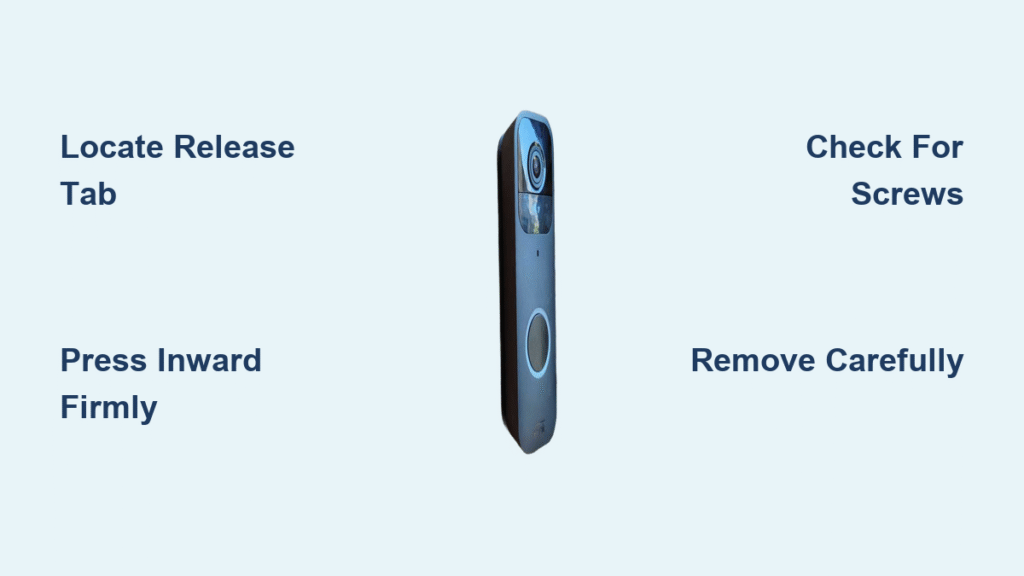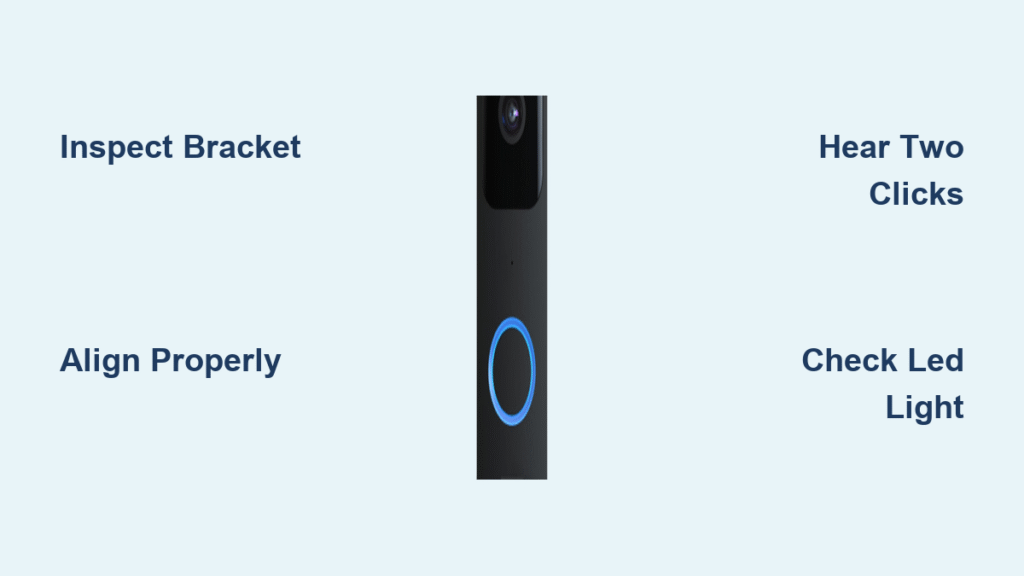Your Blink doorbell is beeping persistently for a battery replacement, or maybe you need to relocate it to a better Wi-Fi spot. Whatever the reason, knowing how to remove Blink doorbell properly is crucial—yet many homeowners damage their walls or the device itself during this seemingly simple task. Most users waste precious time searching for the hidden release mechanism, applying incorrect pressure, or overlooking security screws that prevent clean detachment. This guide delivers the exact steps to safely remove your Blink doorbell from any surface while preserving both your device and wall integrity.
The frustration of struggling with a stubborn doorbell mount is real—especially when you’re racing against a dying battery. Unlike simpler devices that just pull straight off, Blink’s security-focused design incorporates a discreet release system that requires specific technique. After analyzing hundreds of user reports and expert recommendations, I’ve distilled the precise method that works for all Blink Video Doorbell models, whether mounted on drywall, stucco, or brick. You’ll learn where to apply pressure, how much force is actually needed, and critical wall-specific considerations that prevent costly damage.
Locate Your Blink Doorbell’s Hidden Release Tab
The release tab sits on the mounting base itself, not the doorbell unit. Look along the bottom edge where your Blink connects to its bracket—it’s a small rectangular tab that blends seamlessly with the plastic housing, making it easy to miss during initial attempts.
Finding the tab quickly:
– Check the bottom edge first—this is where 90% of Blink models position the release mechanism
– Look for a slightly raised rectangle in the plastic that contrasts with the smooth surface
– Feel for a textured surface that provides grip when pressing
– If you can’t locate it immediately, inspect all edges—some newer models position it on the side
Why Users Miss the Release Tab
The tab’s design prioritizes security over visibility, creating a clean aesthetic that deliberately hides the release mechanism. Many users initially assume the entire unit slides upward or pulls straight out, leading to frustration and potential damage when they apply force in the wrong direction. Expert Richard confirms this common mistake: “Sometimes, it takes a bit of pressure to get it moving,” but users often apply that pressure to the wrong area entirely.
Apply Correct Pressure Technique for Smooth Removal
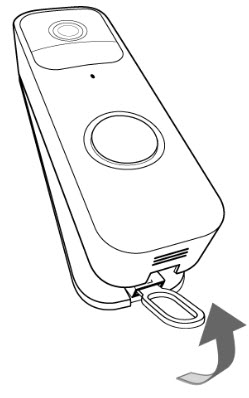
Once located, the release tab requires deliberate inward pressure—often significantly more than expected. Many users fail at removal because they apply too little force or use improper technique.
Proper pressure application:
– Use your thumb for best leverage against the tab
– Press directly inward toward the wall surface, not downward or upward
– Hold for 2-3 seconds before attempting to pull the device free
– Avoid wiggling—steady, consistent pressure works better than repeated tapping
Pressure Test Method for Stubborn Units
Start with moderate pressure and increase gradually while maintaining inward motion. The tab should depress slightly when activated—look for this subtle movement as your signal to begin removal. If no movement occurs after firm pressure, stop immediately and check for securing screws or corrosion issues that might be binding the mechanism.
Detach Your Blink Doorbell from the Mounting Bracket
With the release tab depressed, removal becomes a coordinated two-handed process that prevents wall damage:
- Keep constant pressure on the release tab with your thumb
- Gently pull the doorbell straight toward you with your other hand
- Maintain even pressure on both sides of the device to prevent twisting
- Stop immediately if resistance feels excessive—forcing it causes damage
Warning signs to watch for during removal:
– Cracking sounds indicate potential plastic damage to the mount
– Bending or flexing suggests incorrect technique or excessive force
– Wall movement means mounting hardware may fail during removal
Common Removal Mistakes That Damage Walls
- Pulling before fully pressing the release tab (most frequent error)
- Jerking motions instead of steady, controlled pressure
- Forcing the device when resistance occurs, cracking wall surfaces
- Neglecting to check for additional security screws before starting
Check for Securing Screws Before Applying Force
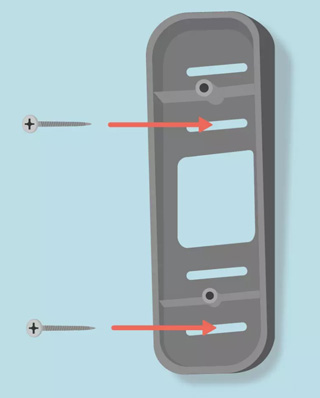
Many installations include additional screws for theft prevention or wind resistance, especially in high-risk areas. These screws typically appear as small metal fasteners at the bottom or back of the mounting bracket and prevent the standard release mechanism from working.
Screw inspection checklist:
– Look underneath the doorbell unit while it’s still mounted
– Check both sides of the mounting bracket for hidden screw heads
– Use a flashlight to spot small screws that blend with the plastic
– Match screwdriver precisely to screw head type (usually Phillips #1 or Torx T10)
Screw Removal Process for Secure Installations
- Support the doorbell with one hand to prevent sudden drops
- Loosen screws completely but don’t remove them entirely yet
- Test the release tab after each screw loosens to see if removal becomes possible
- Remove screws only when tab mechanism activates or if completely necessary
Handle Stucco Surface Challenges During Removal
Stucco presents unique difficulties due to its textured, brittle nature. The removal process differs significantly from smooth wall surfaces, requiring specialized techniques to prevent unsightly damage.
Stucco-specific removal steps:
– Identify mounting method used (typically screws with anchors or adhesive)
– Locate all anchor points around the mounting bracket before starting
– Remove visible screws using appropriate tools before addressing the release tab
– Gently pry the bracket away using a flat screwdriver if anchors remain
Stucco Safety Precautions to Prevent Wall Damage
- Work slowly with minimal force to prevent surface crumbling
- Use plastic pry tools instead of metal to reduce scratching
- Support the bracket to prevent sudden movement that cracks stucco
- Prepare for patch repairs by having stucco repair compound ready
Manage Electrical Wiring Safely During Removal
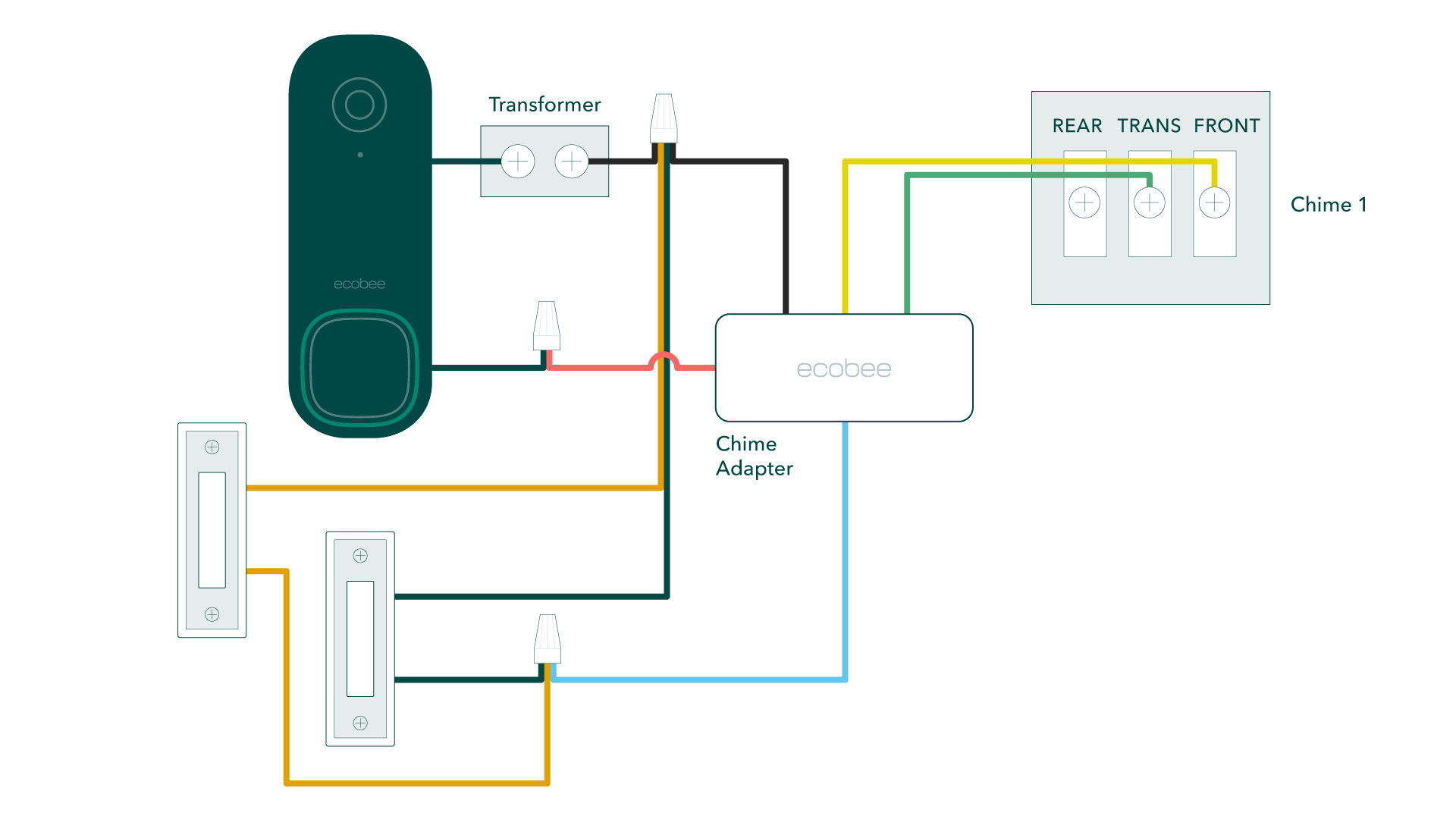
When replacing an old wired doorbell with Blink, handle existing wires carefully to avoid electrical issues:
Wire safety protocol:
– Old doorbell wires carry 24 volts—low risk but problematic for transformers
– Remove wires one at a time to prevent accidental contact
– Separate wire ends immediately after removal using wire nuts
– Label wires with masking tape if planning to reuse existing connections
Voltage Awareness for DIY Safety
While 24 volts won’t shock you, it can damage transformers or blow fuses if wires touch during removal. Treat all wiring as potentially problematic by keeping wire ends separated and covered throughout the process.
Clean and Inspect Components After Removal
Post-removal maintenance ensures smooth reinstallation and extends your device’s lifespan:
Cleaning checklist:
– Wipe camera lens with microfiber cloth to remove smudges
– Remove debris from mounting bracket slots using a soft brush
– Check battery contacts for corrosion using a cotton swab and vinegar
– Inspect mounting hardware for wear or rust that affects stability
Hardware Assessment Before Reinstallation
- Look for corrosion on metal components, especially outdoor units
- Check plastic parts for cracks or stress marks near mounting points
- Test release tab functionality while detached to ensure smooth future removal
- Replace damaged parts before reinstalling to prevent future issues
Troubleshoot Stubborn Removal Problems
When standard removal fails, follow this systematic troubleshooting approach:
Diagnostic steps for difficult removal:
– Re-examine all edges for hidden release tabs obscured by paint or debris
– Check for paint covering the release mechanism that binds the tab
– Try different pressure angles on the tab while maintaining inward force
– Consult video tutorials specific to your Blink model year
When to Call for Professional Help
If you’ve attempted all removal techniques without success, consider:
– Blink support forums for model-specific guidance from experienced users
– Professional installer for complex situations involving electrical wiring
– Hardware store expert for wall surface-specific mounting advice
– Online communities like Reddit’s r/homesecurity for user-tested solutions
Prepare for Reinstallation After Successful Removal
Before mounting your Blink doorbell in a new location:
Pre-installation checks:
– Test Wi-Fi signal at intended location using your smartphone
– Verify battery level exceeds 50% for reliable operation
– Gather appropriate tools for wall type (masonry bits for stucco, etc.)
– Plan mounting height between 48-52 inches from ground for optimal viewing
Wall Surface Preparation for Different Materials
- Drywall: Use included anchors or toggle bolts for secure mounting
- Wood surfaces: Direct screw mounting possible without additional anchors
- Brick/Concrete: Masonry anchors and hammer drill required
- Stucco: Small masonry bit with slow insertion technique prevents cracking
Key Takeaway: Successful Blink doorbell removal requires patience and proper technique. The hidden release tab needs firm, steady pressure—don’t force anything. For stucco or other challenging surfaces, work slowly and prepare for potential wall repairs. Always check for securing screws before applying significant force, and handle any electrical connections with appropriate caution. By following these precise steps, you’ll avoid the common pitfalls that damage walls and devices during removal, ensuring your Blink system remains functional and your home’s exterior stays pristine.

